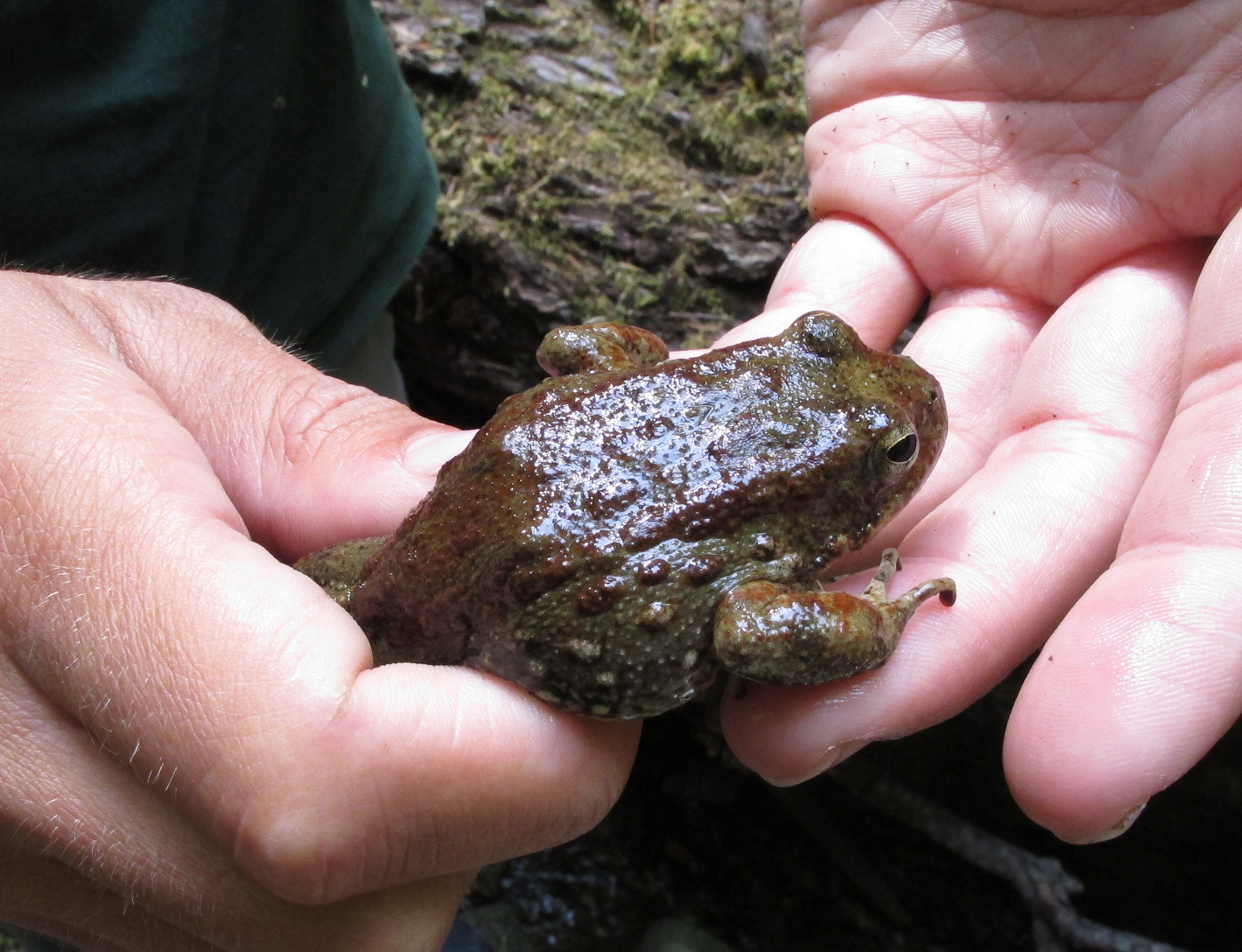Estimating the survival of unobservable life stages for a declining frog with a complex life-history.
https://esajournals.onlinelibrary.wiley.com/doi/full/10.1002/ecs2.3381
Abstract/Summary
Demographic models enhance understanding of drivers of population growth and inform conservation efforts to prevent population declines and extinction. For species with complex life histories, however, parameterizing demographic models is challenging because some life stages can be dif?cult to study directly. Integrated population models (IPMs) empower researchers to estimate vital rates for organisms that have cryptic or widely dispersing early life stages by integrating multiple demographic data sources. For a stream-inhabiting frog(Rana boylii) that is declining through much of its range in Oregon and California, USA, we collected egg-mass counts and capture–mark–recapture data on adults from two populations in California to ?t IPMs that estimate adult abundance and the survival rate of both marked and unobserved life stages. Estimates of adult abundance based on long-term monitoring of egg-mass counts showed that study populations ?uctuated greatly inter-annually but were stable at longer timescales (i.e., decades). Adult female survival during 5–6 yr of capture–mark–recapture study periods was nearly equal in each population. Survival rate of R. boylii eggs to the subadult stage is low on average (0.002) but highly variable among years depending on post-oviposition stream ?ow. Population viability analysis showed that survival of adult and subadult life stages has the greatest proportional effect on population growth; the survival of egg and tadpole life stages, however, is more malleable by management interventions. For example, simulations showed head-starting of tadpoles, salvaging stranded egg masses, and limiting aseasonal pulsed ?ows could dramatically reduce the threat of extirpation. This study demonstrates the value of integrating multiple demographic data sources to construct models of population dynamics in species with complex life histories.
Publication details
| Published Date: | 2021-02-15 |
| Outlet/Publisher: | Ecosphere 12(2):e03381 |
| Media Format: | URL |
ARMI Organizational Units:
Southwest, Northern California - BiologyTopics:
Monitoring and Population EcologySpecies and their Ecology
Water
Place Names:
CaliforniaKeywords:
demographicsecology
mark-recapture
population
stream
survival
trends

